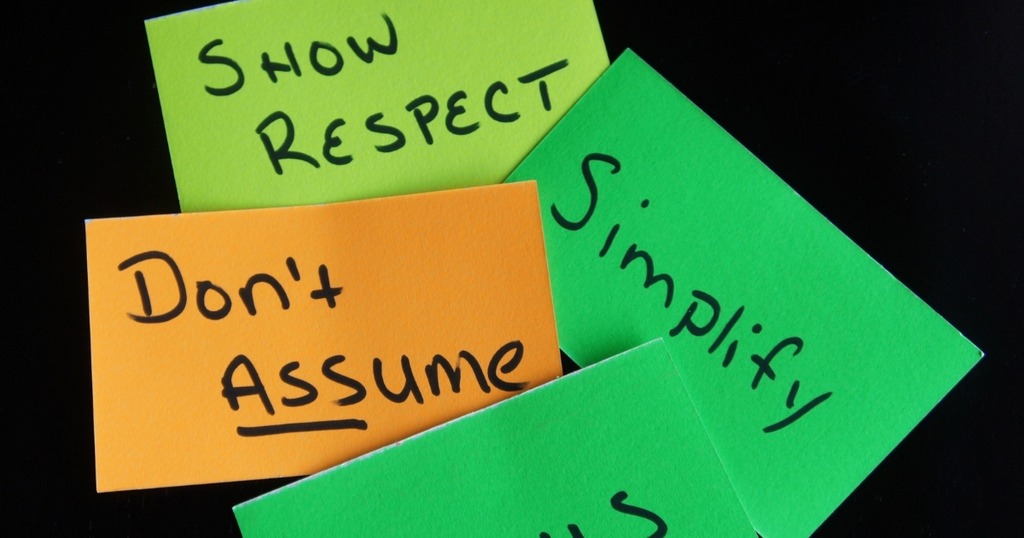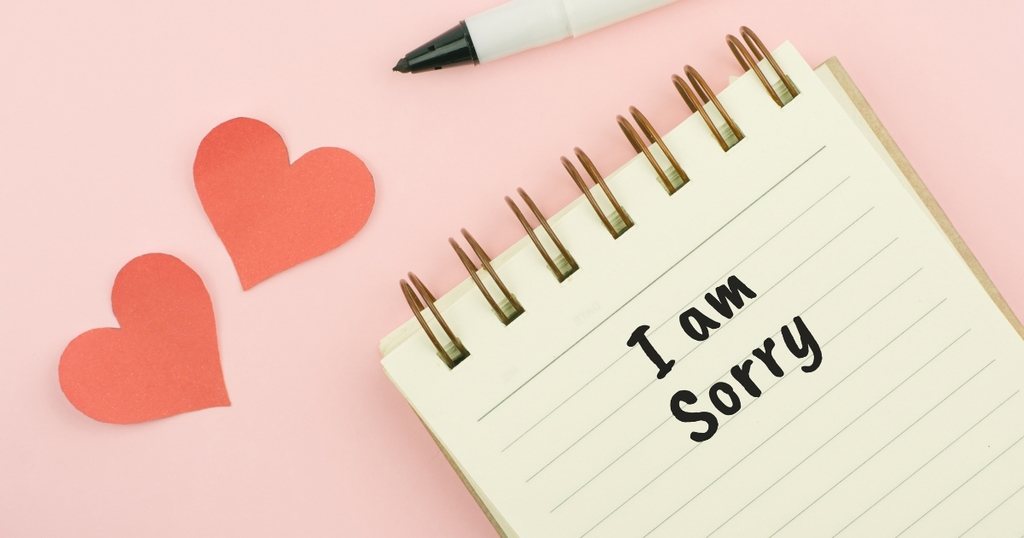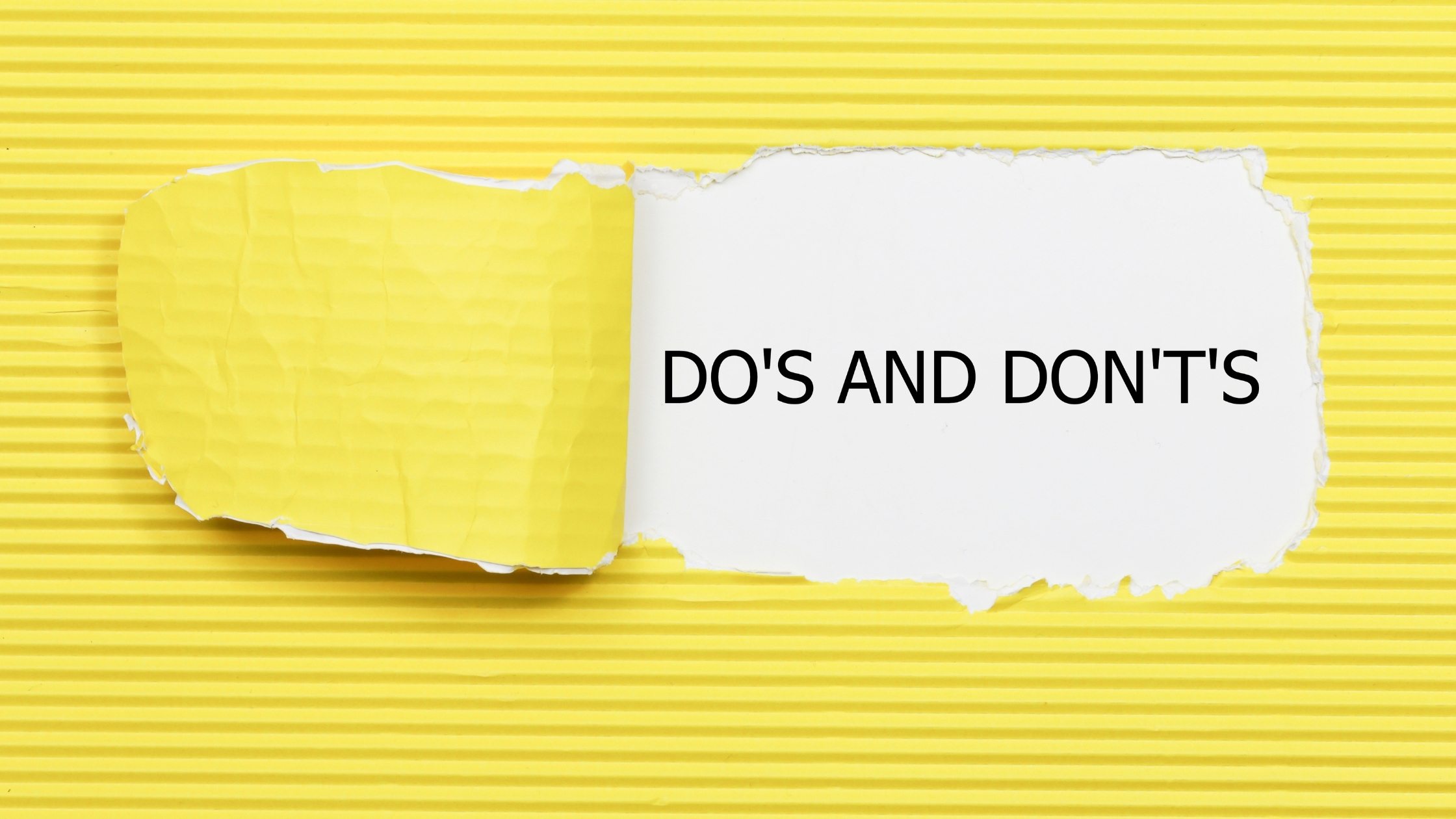As home bakers, we all strive to deliver the best work possible to our clients. We pour our heart and soul into our bakes to make sure their orders make them happy. The reality, sadly, is that once in a while, we will encounter a difficult customer. No matter how good or how meticulous you are, sooner or later, you will end up handling difficult clients. And since you’re the business owner, you’re ultimately going to have to deal with any client situation that arises.
Of course, the important thing is making an unhappy customer, well, happy. So when this eventually happens, here are some dos and don’ts that you can use as a reference.
Handling difficult clients means facing the problem; don’t run away or ignore the customer.
If you have a customer who is not happy, the last thing you should do is ignore that customer. Of course, you might feel that how the client feels is not fair or unjustified. After all, you put a lot of hard work into your baking! Who are they to say that your work is not satisfactory?
Well, before you go feeling that, we get you. However, not dealing with the client is also not the best way to go about things. If potential clients in the future hear about this, you may end up having no clients at all. Think about it: would you want to deal with someone who denies your problems? We wouldn’t either.

Put yourself in their shoes and don’t assume that everyone is difficult for the sake of being difficult.
The Philosophy of Yum actually says that there are two types of difficult clients. The first type is clients who are just really dissatisfied with the product or service they received. This usually means they weren’t happy about the quality of your baked goods or your service. With that in mind, they aren’t really what we would call a challenging client. They’re much easier to deal with, which we will get to later.
The other type of client is the true difficult client. This type is the one who tries to take advantage of your kindness. They are genuinely challenging clients. An example is a client who ordered a cake but then suddenly starts asking for discounts. And not only that, they’ll start saying that your bake isn’t that good or that someone’s cake is less expensive. If you don’t give in to their demands, they’ll threaten to ruin your name on social media. An actual rude customer, if you will.
So before doing anything, identify what kind of client you are talking to. As we said, not everyone is being difficult for the sake of being difficult. Some may have actual reasonable complaints. Make sure to find out what they’re unhappy about before responding.

In handling difficult clients, try to talk to them calmly and don’t meet their anger or annoyance with the same.
When dealing with a difficult customer, the last thing you want to do is escalate the situation. Angry customers won’t have their problems solved if you meet their anger with yours. As Bakery Best says, the best thing you can do is remain calm in response. Yes, even if voices are being raised. It will be difficult, but that would be your best bet.
Do active listening with your angry client and just be patient. Once they get their feedback off of their chest, that’s when you start talking. Suppose they’re complaining via social media chat or email. In that case, we suggest getting to speak with them on the phone or via video call. A lot of nuances are missed in mere chats or messages. By being patient and responding calmly, you will be able to maintain control of the situation. That’s the secret to handling angry customers on the phone or in person.

Make it up to them within reason if it’s really your mistake.
Suppose you have now heard their side, and it’s your turn to speak. You may not like handling difficult clients, but they either ordered something from you or might in the future. You don’t want to damage any customer relationships, right? Also, you have to check if it was really your fault. Baking Business School gives some of the hard questions you can ask yourself. Did you deliver the cake that was ordered? Maybe you delivered a cake roll instead of a Korean buttercream cake. Did you really forget to do or add something to the cake? Was the flavor, color, or size of the cake wrong? Did the cake arrive later than promised?
If you really were to blame, then the best thing to do is apologize. That’s the best way to handle difficult situations like this. Of course, don’t stop at apologizing. Make it up to them in the best way that you can. Take, for example, this story. A friend’s son discovered a shard of glass in the pizza they ordered. What the company did was immediately send over two pizzas to make up for it.
So, in the same way, do something on top of the apology. Offer a partial refund. Or you can give them a discount for their next order. Just remember that when dealing with upset customers, they don’t just want an apology. They want a solution to their problem. Just show that you take their complaint seriously and make it up to them.

However, handling difficult clients doesn’t mean bending over backwards for them.
Remember when we said that there are two types of difficult customers? Normal, unsatisfied customers would generally be placated with the step above. But we guarantee that eventually, one unsatisfied customer will transform into a really difficult client. They will start making you Google “dealing with demanding clients.”
Let’s go back to the earlier step. Say you apologized already and offered a solution to the problem. However, this difficult client suddenly becomes unreasonable. Aside from accepting your apology and solution, they will suddenly demand more. For example, they will ask for ten more cakes or free cakes for life. Or, in the future, when they contact you, they will keep bringing up your past mistake, hoping for a freebie.
A specific example is maybe you gave them transport tips to avoid ruining the cake, but they didn’t listen. Now they want another cake from you for free. Those are all red flags, meaning you probably shouldn’t be working with those clients.
Stand your ground, and do not let them walk all over you. The most you can do is offer them a full refund if they really weren’t happy with you. Any more than that is pushing it.

Handling difficult clients can also mean walking away from them and never dealing with the same client ever again.
Now as much as you want to not lose a client, you have to remember something. No client is worth losing your peace of mind. If you find yourself thinking, “Dealing with difficult clients negatively impacts my disposition,” what can you do?
Like the Chick Boss Cake says, if customers can choose where to buy, you can also choose who to sell to. Evaluate a prospect to see if you will have challenging client relationships in the future. Think about it this way, what would you want to know more about? Tips for dealing with difficult clients? Or new recipes from our courses at The Bailiwick Academy?
Ask all the business owners you know. They will say any client in the future that will become difficult will take away time from important things. So the best way to deal with difficult customers is to avoid difficult customers. And it still holds true, no matter how much they say they will pay you. And if they’re current customers, just give them back their money, move forward to your next customer. If you’ve done all that you humanly can to accommodate their request, but they’re still not happy, move on. And don’t be afraid of their threats that they will ruin your name with their friends and families. There will be many, far better clients out there.

To summarize how to manage angry customers…
When it comes to handling difficult clients, always assume the best about them first. If you made a mistake, own up to it and make it up to them. And moving forward, identify demanding clients, the truly difficult ones, and avoid working with them. Your peace of mind is more important than any money you can make.
And most importantly, never talk about these problematic clients with anybody! (Well, okay, you can talk about it with your partner or trusted friends.) If it comes out that you’re gossiping about your clients, it will reflect poorly on you. Unhappy customers might become super angry customers! Always deal with problems privately.
—
For more business, baking, and cooking tips, stay tuned to The Bailiwick Academy blog!


Pingback: How To Transport Your Baked Goods Safely - The Bailiwick Academy